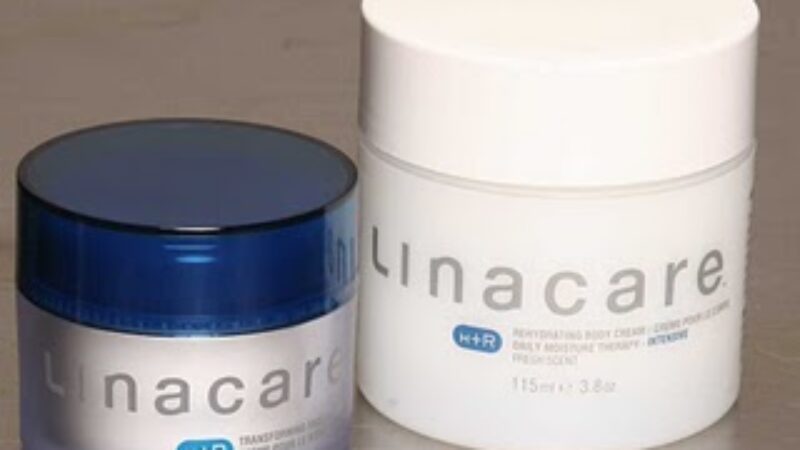 Transepidermal water loss (TEWL) is one of those dermatological terms that you may or may not want to know about. While it likely won’t make you the most engaging guest at a cocktail party, it may be a good idea to understand what it means if you’re serious about skin care.
Transepidermal water loss (TEWL) is one of those dermatological terms that you may or may not want to know about. While it likely won’t make you the most engaging guest at a cocktail party, it may be a good idea to understand what it means if you’re serious about skin care.
Transepidermal water loss is a measure of the amount of water that passes from inside a body to the outside via the epidermis, the skin’s topmost layer. The water loss occurs via diffusion and evaporation and is continual and beyond our control. Disruptions to the skin’s barrier system including cuts, scratches, burns and even dry skin, can increase TEWL. It is also affected by external factors including temperature, humidity and UV light. Factors that damage or insult skin increase water loss, leaving skin feeling dry.
Because dry skin looks and feels unhealthy, it’s important to try and minimize transepidermal water loss:
- Protect skin from external factors including wind, sun, extreme temperatures. A good sunscreen is a must to protect against the damaging effects of UV rays. Choose from our extensive selection here.
- Use humidifiers in dry climates.
- Mild cleansers help to maintain the skin’s natural barrier system. View our full selection of cleansers here.
- Moisturizers that contain humectants (water attracting ingredients) as in La Roche Posay Iso Urea and occlusives (create a barrier against external factors) as in La Roche Posay Lipikar can help to minimize water loss.
If despite following the above guidelines transepidermal water loss becomes excessive, you may need to consult your physician. Prescription treatments including steroid creams may be needed to restore the skin’s barrier system.

